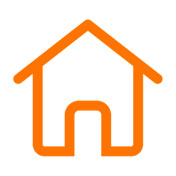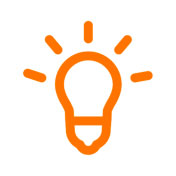UFD is incorporating new technologies into its electricity grids to convert them into smart grids. Smart grids are capable of processing and integrating every action performed by the stakeholders connected to them: generators, distributors and consumers.
Smart grids are capable of processing and integrating every action performed by the stakeholders connected to them: generators, distributors and consumers.
In order for all stakeholders to play an important role, certain “smart” features must be introduced into the grid (technologies for communication, control, monitoring and self-diagnosis) that enable data flows to be carried alongside the flow of electricity.
Besides opening up new possibilities for users, this technological transformation helps makes the electricity system safer, more sustainable and efficient, and capable of offering increased quality of service.
Benefits for users
For end consumers, the core feature of any smart grid is the new meter that replaces the equipment currently in use.
The rollout rate for smart meters is 99.55%.
Smart grids will improve the quality of service currently offered to users, making it safer and more sustainable. These are some of the benefits for smart grid users:
 À la carte consumption
À la carte consumption
Consumers will be able to obtain more competitive prices and greater energy management and choice.
 Better service
Better service
They will contribute to improved service quality, since they will enable incidents to be known and work to be carried out on them quicker.
 Easy operations management
Easy operations management
They will enable day-to-day operations, such as connections, disconnections, changes to power levels or re-connections, to be undertaken quickly and remotely.
![]() Efficiency and Sustainability
Efficiency and Sustainability
Companies will be able to offer new products and services that will help customers adopt more efficient and sustainable energy consumption habits.

